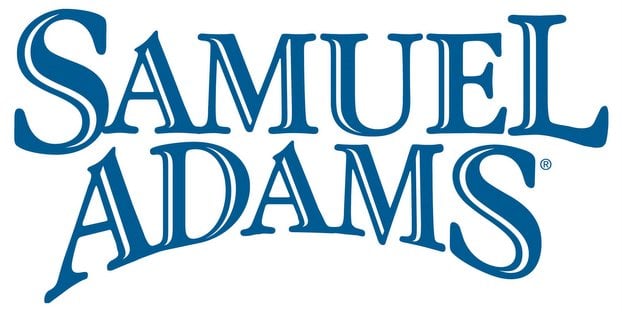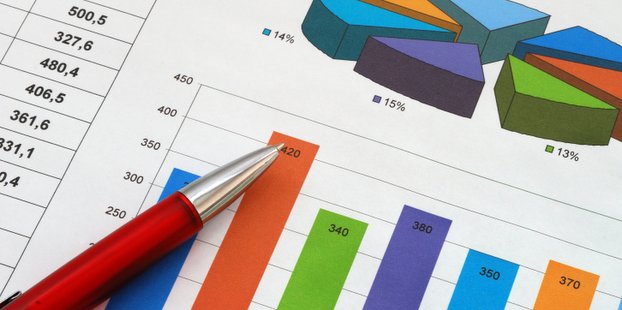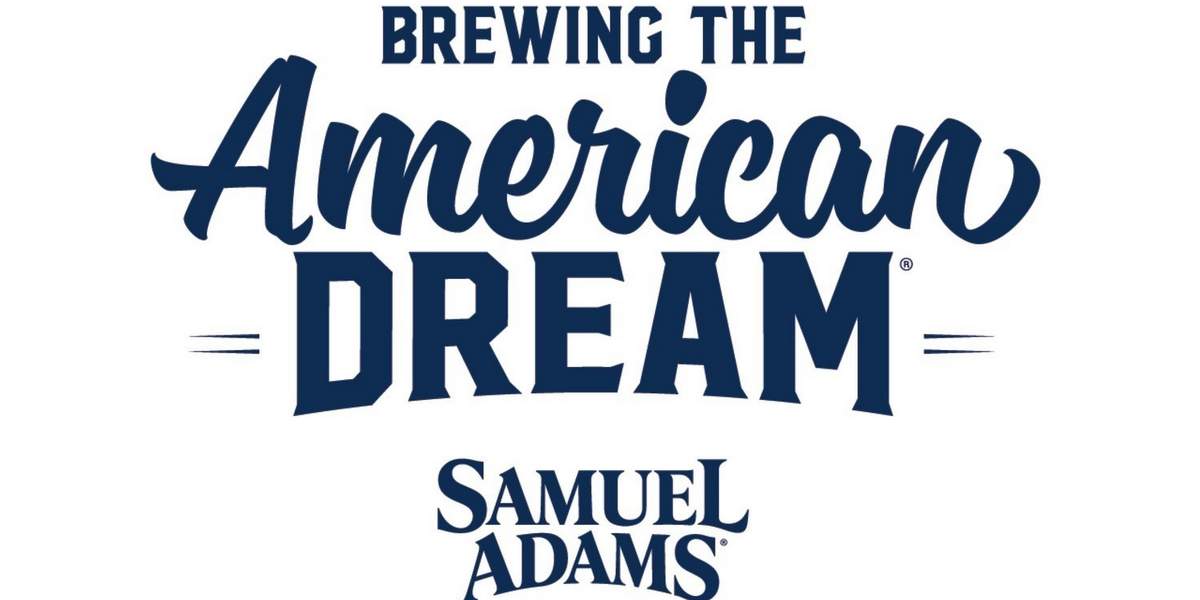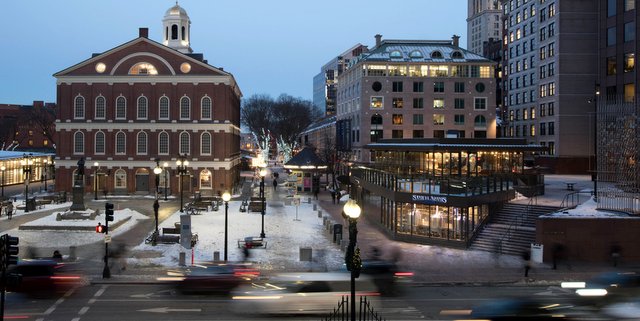
Earnings reports can be deceiving. For example, the Boston Beer Co. reported third quarter 2015 net revenue of $293.1 million, an increase of $23.4 million or 9 percent over the same period last year. According to the company, these increases are mainly due to core shipment growth of 4% and increased revenue per barrel due to product mix. Net income for the third quarter was $38.6 million. So, all good, right?
Not when you a ton of shareholders and the goals and expectations of Boston Beer. Full-year 2015 depletion growth is now estimated at between 3% and 6%, which is a decrease in the range from the previously communicated estimate of between 6% and 9%.
“Our total company depletion trends of 6% in the third quarter of 2015 matched our year to date trends but represent a slowing from our expectations, primarily as a result of weakness in our Samuel Adams brand due to increased competition and a slowing in the cider category,” said Jim Koch, Chairman and Founder of the Company. “While our total growth is testament to our strategy of a diversified brand portfolio, our Samuel Adams trends appear to represent a very competitive category, where drinkers are seeing greatly increased choices and established brands are being impacted.”
RELATED: Here’s really why craft beer is better than Big Beer (A-B InBev and SABMiller merger react)
Full-year 2015 capital spending is now estimated to be between $60 million and $80 million, a decrease in the range from the previously communicated estimate of $70 million to $100 million.
As craft beer booms, the industry’s elder statesman is probing the upper limits of success and finding the strategy and product mix needed to keep growing. While its new products have made a huge impact, like its new Coney Island Hard Root Beer and its Angry Orchard cider, the flagship brew that ushered in all of this prosperity, Samuel Adams Boston lager, is hitting a rough patch.
“This decline, particularly in our Samuel Adams Seasonal Beers and Boston Lager, is due to increased competition, most notably in off premise sales, where the drinker sees more choices and we believe our share of displays and features has been impacted,” said Martin Roper, the Company’s President and CEO state. “We are working hard to improve the Samuel Adams brand trends and have plans to introduce new beers and a new advertising message supporting beer education.”
As for what’s next, the company is currently using the following preliminary assumptions and targets for 2016, which represents a 53 week fiscal year compared to the 52 week fiscal year in 2015:
- Depletions and shipments percentage growth of mid to high single digits.
- National price increases of between 1 and 2 percent.
- Full-year 2016 gross margins of between 52 and 54 percent.
- Increased investment in advertising, promotional and selling expenses of between $15 million and $25 million for the full year 2016. This does not include any increases in freight costs for the shipment of products to the Company’s distributors.
- Full-year effective tax rate of approximately 37 percent.
- Estimated full-year 2016 capital spending of between $70 million and $90 million, which could be significantly higher, if deemed necessary to meet future growth.




Samuel Adams trends down in Q3 Boston Beer earnings report https://t.co/nnk6XeXlUs via @craftbrewingbiz
#CraftBeer #CraftBrewing #Beer #BeerBiz Samuel Adams trending down in latest Boston Beer earnings report https://t.co/COQWB50t3d